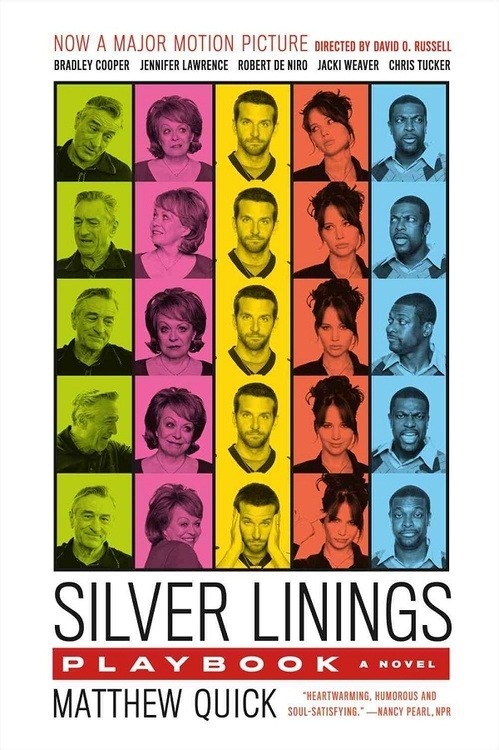
I found it rather ironic that a trailer for Safe Haven, (Nicholas Sparks’ latest atrocity) played as a trailer before Amour. Nick Sparks has for changed the romantic genre for the worse. His highly formulaic and pandering films obfuscate the definition of love by equating it to fresh young bodies, sensationalization of romantic gestures, and exploitation of traumatic events.
Which brings us to Amour, the complete antithesis of the trailer that preceded it. Amour chronicles the aging couple George (Jean-Louis Trintignant, Three Colors: Red) and Anne (Emmanuelle Riva, Three Colors: White). When Anne is left partially paralyzed and restrained to a wheelchair, George takes it upon himself take care of Anne, despite the strains it puts upon himself.
While the premise sounds rather cheesy and over sentimental, it is anything but. Michael Haenke (White Ribbon, Cache) grounds his film in honest realism yet remains poetic through it’s dashes of magical realism. The few deviations from reality act to amplify the raw, human emotions of the film and potently punctuate the thoughts scribed by the narrative.
Amour explores the delicate relationship between love and responsibility and demonstrates that even the most harmonious couple can be pushed to friction and frustration. This theme is perfectly translated through Haenke’s bold and incendiary cinematography. Most of the film is shot through a static camera; simply framing a close-up or medium shot and leaving the camera to linger. Although at times we feel invited into their cozy home, we then feel uncomfortably intrusive to their degraded lives.
Haenke is absolutely unflinching in his treatment, creating a suffocating ambiance as we are forced to face our mortality. We are completely tied to the film because of the two leads. Trintignant and Riva have outstanding chemistry, able to write the couple’s life history through subtle body language and suggestion alone. We can easily believe the deep bond their relationship has formed, making it so much more tragic to see their lives hang on by the thread that is love.
Unlike Nick Sparks’ convention, Haenke does not insult his audience with such mundane definitions of love. He knows that we clash with everyday life and the results are less than ideal and difficult to negotiate with. He knows that commitment and unconditional love aren’t enough to pardon us from death, but serve merely as a guiding light as we face the spectre of our judgement. And he knows how to render these complexities, forcing us to question our own preconceived notions. So no Nick Sparks, taking your shirt off in the rain isn’t a proper definition of love. Amour is.






